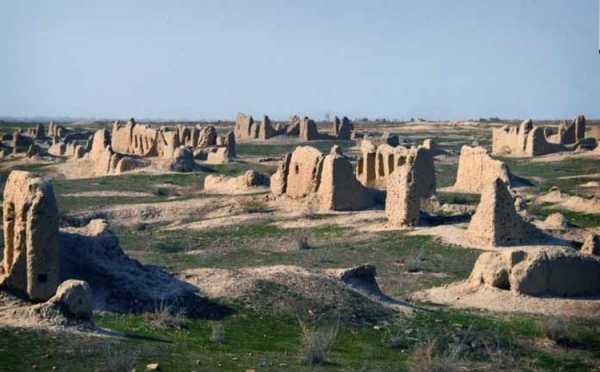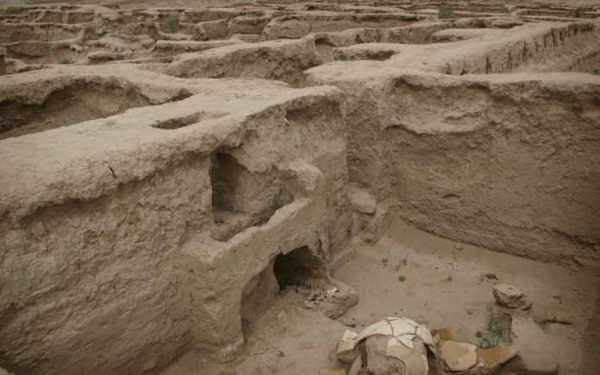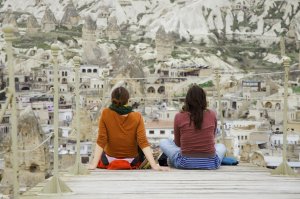The tourist attraction of Turkmenistan is undeniable. A mysterious country through which the Great Silk Road passed. For those who wish to get to know Turkmenistan better, the country will open completely new facets, while the experience will be complemented by the country's historical and natural sights. Here, on these lands, large-scale historical actions unfolded, entire civilizations developed and collapsed. That is why these lands are fraught with many historical secrets and extraordinary finds. What you need to look at first, today we will share with you amazing places that few people knew about before.
1. Yangi-Kala canyon is one of the most picturesque natural sites of Turkmenistan. It is located in the northwestern part of the country. Located deep in the steppes, 160 kilometers from the city of Turkmenbashi. After driving through a lifeless desert, at some point you find yourself at a cliff, where the land, going hundreds of meters down, changes the color of rocks depending on the time of day and lighting. Once the canyon was an ancient sea, which dried up over time, and in this place a bottom with white and red soil rocks was formed. Natural phenomena of rain and wind over time formed motley hills at the bottom of the canyon or “fire fortresses” - this is how the name of the canyon sounds.
2. Dayahatyn caravanserai is an architectural monument on the territory of Turkmenistan, which has no equal in terms of artistic excellence. In the Seljuk era, rabat Takhiriya, located on the road leading from Amul (Turkmenabat) to Horezm, changed its function, becoming the Dayahatyn caravanserai. In the northern part there was a huge entrance in the form of an arch, and the layout of the caravanserai was symmetrical square, there is a covered vaulted gallery along the entire perimeter. The facade of the inn was decorated with original ornaments. On some walls, there are relief fragments of the names of the Arab caliphs Omar, Ali and Abubakr.
Most of the caravanserais, once located on numerous routes of the Great Silk Road, turned into ruins, covered with sand, and only the most monumental monuments that have survived epochs still rise above the horizon. Dayahatyn is unique, whose preservation allows you to easily imagine its integral image and allows modern restorers to restore almost all the lost parts of the building and decorative elements, relying on the existing original.
3. Yekedeshik or the secrets of the cave city. Not far from the village of Tahta-bazar (Mary velayat), on the left bank of the Murghab river, there is the Yekedeshik cave complex. It is a two-level labyrinth of cave dwellings, united by a long gallery-corridor with a semi-cylindrical vault dug into clay sandstone at a level of 100 meters above the river. There is only one entrance to the underground city, hence the name of the attraction - Yekedeshik, which means “one hole” in Turkmen. The monument is poorly inýestigated, its research is ongoing, but scientists suggest that the landmark appeared around the 1st century BC. Scientists suggest that in the early Middle Ages a large number of families lived together here, since the underground complex was a fairly spacious and well-protected dwelling, moreover, hidden from prying eyes. In total, there are 44 caves in the complex. Today this place is the State Historical and Cultural Reserve of the country.
4. The ancient Ogurchinsky island is located in the Caspian Sea, 30 kilometers southwest of the Hazar (Cheleken) peninsula. The name of the island comes from the Ogurja plot of land. In ancient times, representatives of the Turkic tribe “Ogurjaly”, famous for their dashing temper, lived here. From a bird's eye view, the shape of the sandy island resembles a cucumber. The uniqueness of the Caspian Sea lies in the fact that every 50 years the local waters either rise or recede. According to the assumptions of some scientists, this is due to the presence of many underwater mud volcanoes in the Caspian Sea. Located on the same tectonic line, they often act synchronously, and as a result of their underwater emissions, islands arise. There are more than 40 large and medium-sized islands in the Caspian Sea, but Ogurchinsky is considered the largest island in Turkmenistan. Its area is 45 square kilometers. The island stretches in such a narrow slant that on stormy days the waves can completely overlap not wide areas of sandy terrain. A quiet picturesque place with the richest natural potential attracts supporters of ecological tourism; every summer fishing enthusiasts come to the island “Ogurchinsky”.
5. Dehistan - on the flat, waterless clay plain of Balkan velayat, the mysterious and mystical ruins of the ancient city of Dehistan rise. It was a thriving medieval city on the caravan route between Horezm and the Persian Gyokaniya. This city arose at the turn of the VIII-IX centuries. The area of the city was about 200 hectares, and it was protected by a double ring of walls. Nowadays, the famous Shir-Kabir mausoleum, two minarets 25 meters high, the portal of the cathedral mosque, the remains of the muddy clay city walls remind of the former greatness of the city. There is an archaeological reserve on the territory of Dehistan. There are unique monuments of ancient architecture, including the Mashad necropolis and the Mashad-ata mosque, which has crossed the 1000-year-old milestone.
6. Jebel Cave is a monument of the ancient culture of the Caspian tribes of Turkmenistan. Big Balhan is rich in numerous archeological monuments, among them the Jebel cave is of particular interest. The cave was discovered and explored by an archaeologist Alexey Okladnikov in the 40-50s of the 20th century. Inside the cave, tools of the Mesolithic era, products of the Neolithic era were found. In addition to flintwork, jewelry from a later period has also been found.
7. Kugitangtau is a mountain range that stretches from the valley of the Amyderya rivers to the Sherabad gorge for 100 km. The maximum height is 3139 m, Mount Ayribaba. The ridge itself is composed of sedimentary rocks, in particular limestone and gypsum-bearing strata. The uniqueness of the mountain formation lies in the fact that it is here that you can observe extraordinary lunar landscapes and beautiful valleys with relict plants of semi-deserts and mountain subtropical steppes.
8. Abiverd - this mysterious city is located near the Turkmen town of Kaka, which in turn was called Kaka until the end of the 20th century. The rarest archeological monument is the city of the Sassanid era with the romantic name Abiverd. This ancient city was part of the border line of Iranian cities, which held back the penetration of barbarian tribes into the borders of inner Asia. As the excavations showed, fierce battles took place near the walls. In historical sources, the city is referred to as a rural settlement with a militant population, which was due to its border position.
9. Gonur - Depe - in 1974, in the southeast of Turkmenistan, archaeological research began on the unique urban settlement of the Bronze Age, Gonur - Depe. During the excavations, amazing structures were discovered, later historians unearthed majestic temples and a large city palace. All this indicates that the city of Gonur - Depe itself was a very large capital center, whose inhabitants professed Zoroastrianism. In addition, the city actively traded with the states of the East and seals from Mesopatamia, locally made clay vessels and various types of luxurious decorations were also found within it.
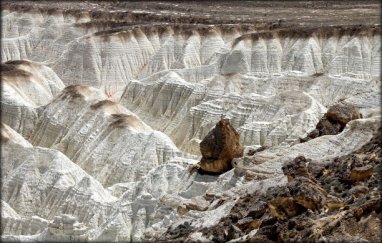
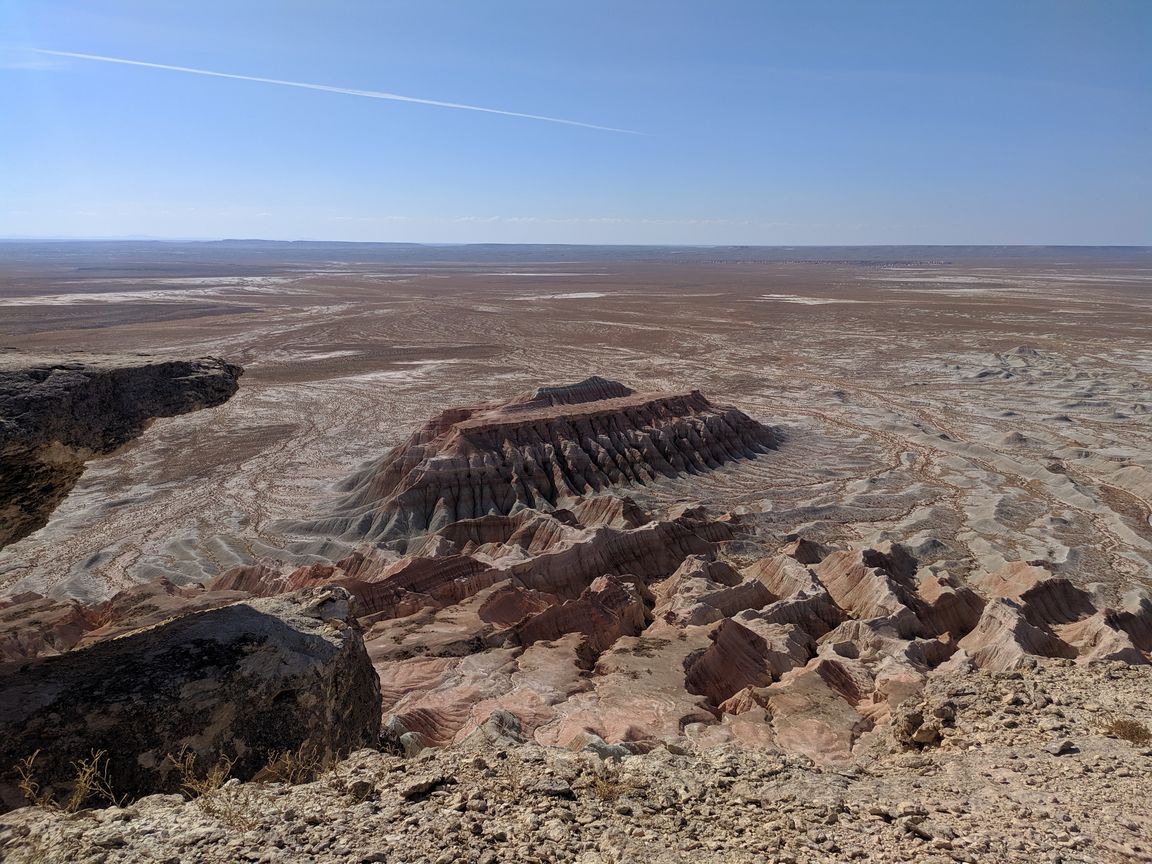
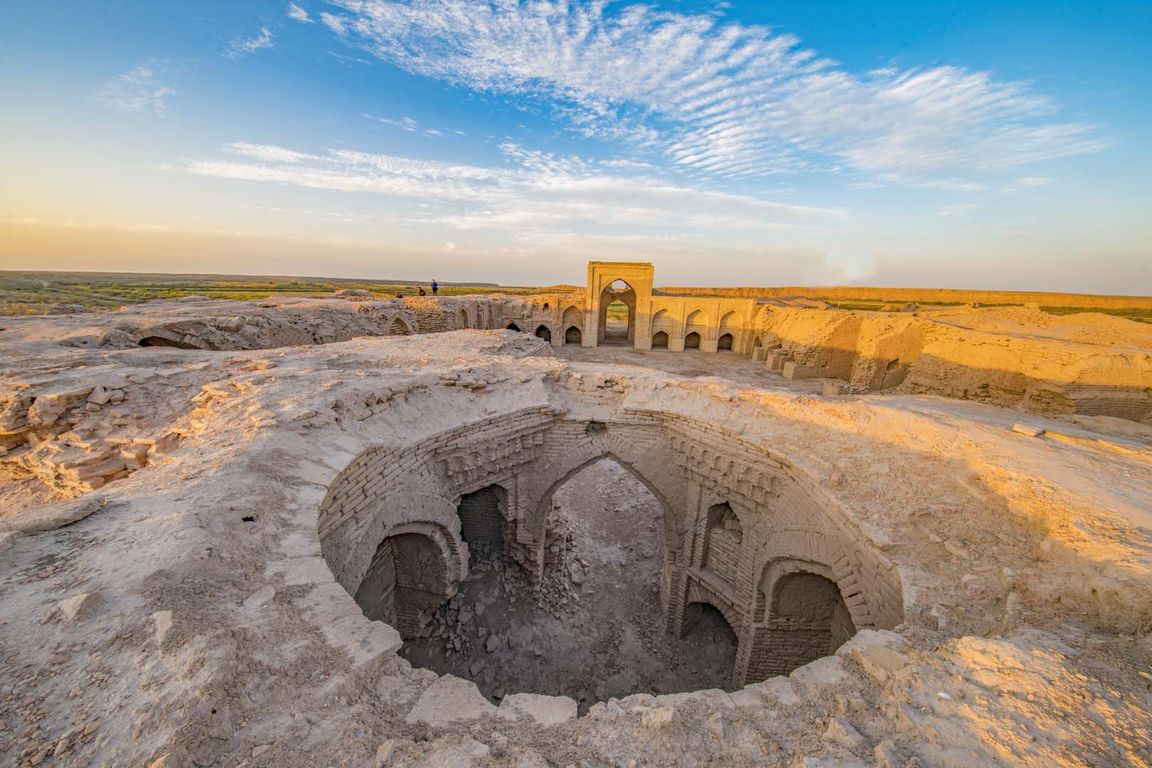
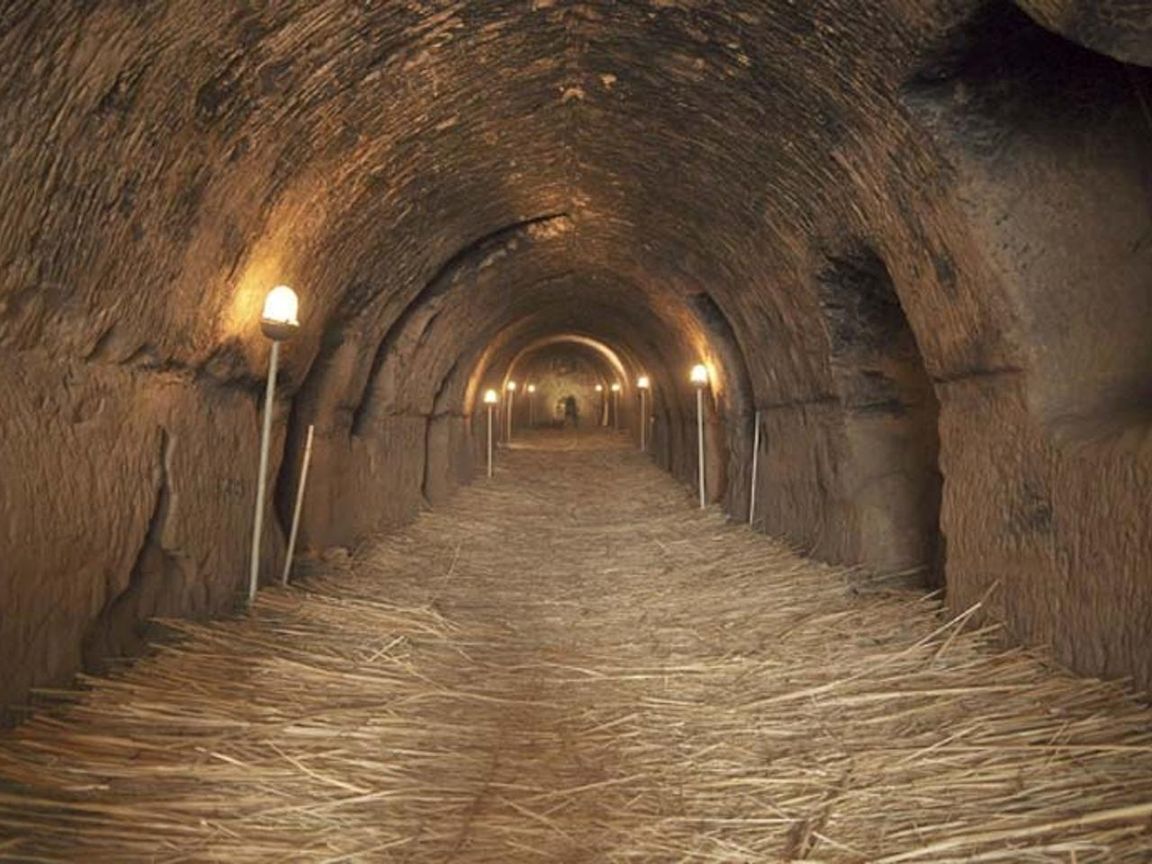

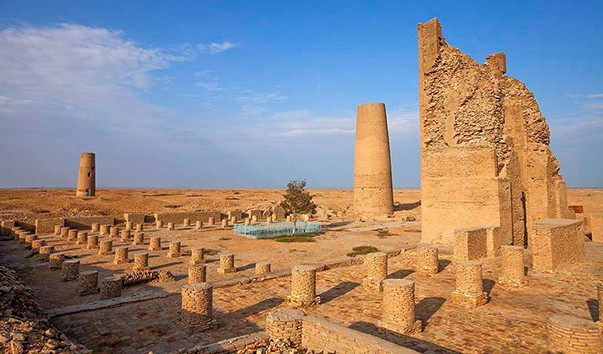
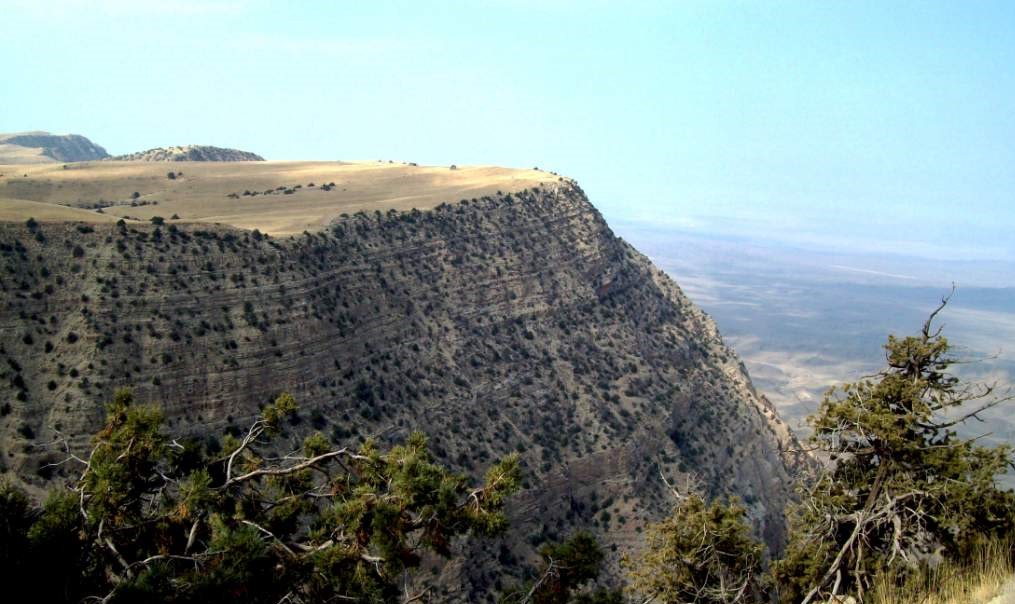
.jfif)
